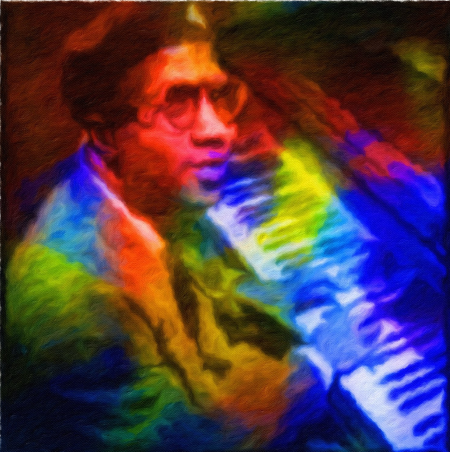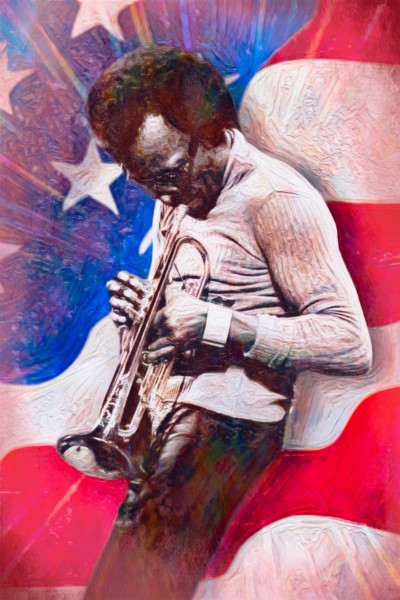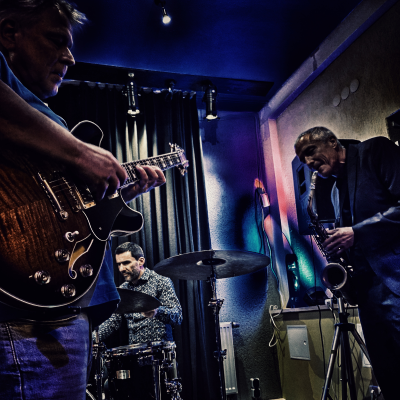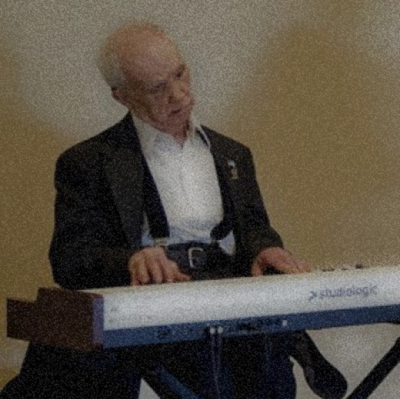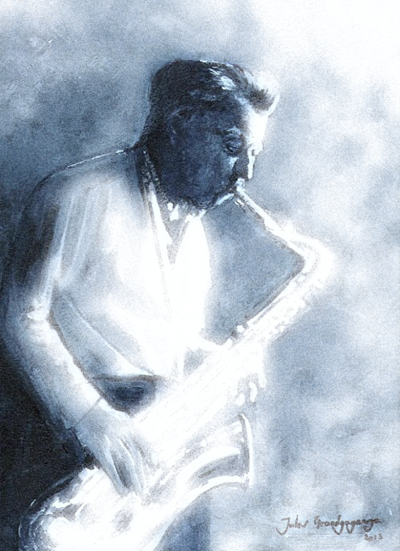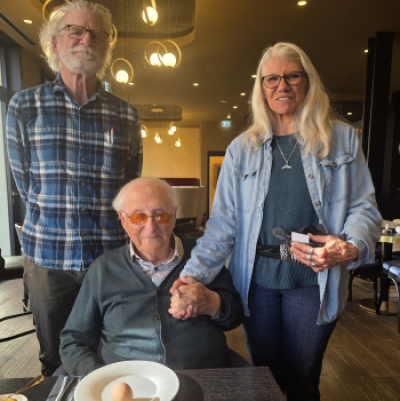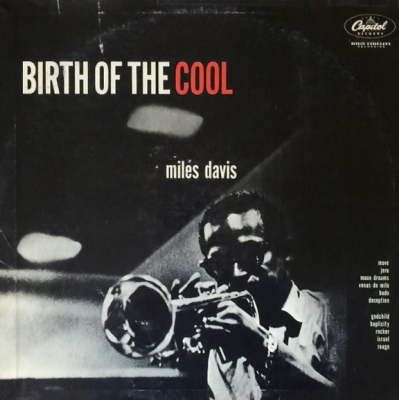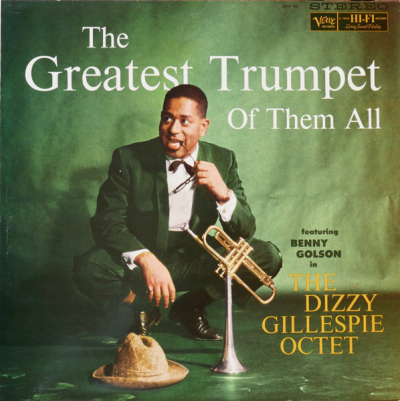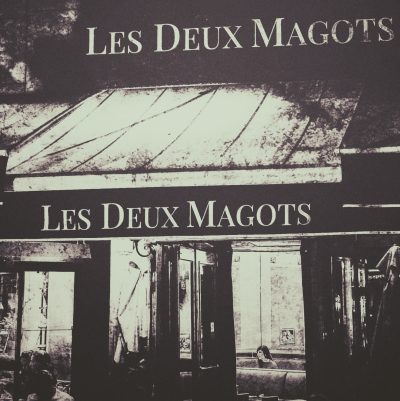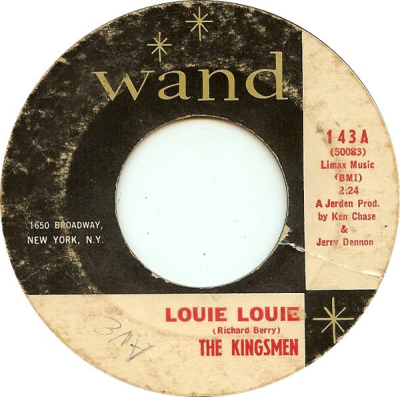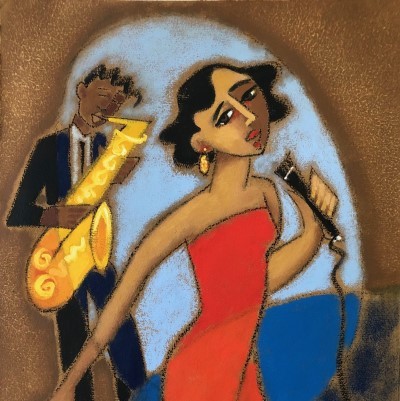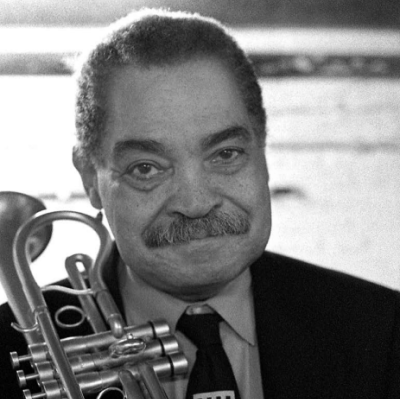The correct answer is Red Garland!
(Biography from Redgarland.net)
William “Red” Garland (pianist) was born on May 13, 1923 in Dallas, Texas and passed away on April 23, 1984 in Dallas, Texas at the age of 60.
Garland’s family was not particularly musical, and his father worked as an elevator technician. Garland’s first instruments were the clarinet and the alto saxophone. He studied with saxophonist Buster “Prof” Smith, who had been an early mentor of alto saxophonist Charlie Parker in Kansas City.
He joined the United States Army in 1941 and began to learn the piano while stationed in Fort Huachuca, Arizona. At this time, he was also an amateur boxer. He fought the legendary Sugar Ray Robinson, but he lost the bout.
After being discharged from the military in 1944, Garland played locally around Texas until 1946 when he was chosen to join trumpeter Oran “Hot Lips” Page’s band. Garland toured with Page that same year, ending the tour with the band in New York. Garland decided to stay in New York and soon found work there and also in Philadelphia. While in New York, Garland was recommended to singer Billy Eckstine, who hired him for several weeks.
In 1947, Garland began a long stint as the house pianist at the Down Beat club in Philadelphia, where he backed Charlie Parker and Fats Navarro among others, and played with drummer Charlie Rice in the house band. Garland also recorded that year with Eddie “Lockjaw” Davis, appearing on the song Ravin’ At The Heaven. By the early 1950s Garland’s stature as a pianist grew to the point that he found regular work with saxophonists Coleman Hawkins and Lester Young, and led his own trio.
Garland was still playing with Young when Miles Davis approached him to record for his Prestige album, The Musings of Miles, on June 7, 1955 at Rudy Van Gelder’s studio.
This album was the start of an association with Davis that lasted from the summer of 1955 through 1958. Garland was as integral part of Davis’s first great “quartet,” which featured bassist Paul Chambers, saxophonist John Coltrane, and drummer “Philly” Joe Jones.
When Miles Davis signed to Columbia Records in 1955, the quintet released the album Round About Midnight. Davis also released several albums for Prestige in 1955 and 1956, which included Working With the Miles Davis Quintet, Steamin’ With the Miles Davis Quintet, The New Miles Davis Quintet, and Relaxin’ With the Miles Davis Quintet. Garland played on all of these releases.
Red Garland’s playing on these sessions can best be described as being heavily rooted in the old traditions of jazz piano. He at times has a strong sense of swing while his solo lines are very rich and profound. His style is very lyrical while his right hand clusters contrast the chordal movements of his left hand, which can give a listener goose bumps. Garland’s style is also very rooted in the stylistics of show tunes and Broadway songs.
The right hand block chord device, which he strongly employed on nearly every solo, had the effect of locking in the rhythm section with a strong sense of swing and synchronization. Garland’s playing at times was bluesy as he was much more comfortable in this capacity than in a modal setting, which he didn’t embrace after leaving Miles Davis, who strongly embraced it during Garland’s tenure with the trumpeter.
On Relaxin’ With the Miles Davis Quintet, Garland can be heard on saxophonist Sonny Rollins’ composition Oleo, and There Is No Greater Love. On Steamin, Garland can be heard on Surrey With the Fringe On Top. Garland can also be heard on Rollins’s 1956 album Tenor Madness.
While performing and recording with Davis, Garland also released several trio albums. In 1956, Garland released the Prestige album A Garland of Red, which featured Paul Chambers on bass and Art Taylor on drums. The same personnel appeared on the Prestige albums Groovy in 1956, and The P.C. Blues in 1957.
Garland recorded with saxophonist Art Pepper in 1957, having appeared on the Contemporary release Art Pepper Meets the Rhythm Section along with his fellow band mates Paul Chambers and “Philly” Joe Jones. This album featured the band on the You’d Be So Nice To Come Home To.” Garland also recorded with trombonist Curtis Fuller in 1957, yielding the album Curtis Fuller With Red Garland.
By April of 1957, Garland was a mainstay in Davis’s working band, whose rotating cast of musicians included saxophonists Cannonball Adderley, Sonny Rollins, and John Coltrane. Garland stayed with Davis through the trumpeter’s 1958 release of Milestones, which proved to be very influential in establishing the trumpeter’s shift towards modal jazz.
Garland and Davis had some confrontations during their time together. On the song Sid’s Ahead, from Milestones, Davis is the pianist because Garland got mad at him and left the studio during the recording session.
By the middle of 1958, Garland was no longer playing with Davis, having been replaced by Bill Evans. He did record two albums with John Coltrane that year, Soultrane and Settin’ the Pace.
In 1959, Garland along with drummer Art Taylor and bassist Sam Jones released the album Red In Bluesville, which featured the song He’s a Real Gone Guy, As the jazz industry faced declining record sales during the 1960s, Garland’s performance and recording schedule slowed. In 1968, Garland returned to Dallas to care for his ailing mother and remained there until the mid 1970s.
Garland returned from semi-retirement in the late 1970s and early 1980s. In 1978 he released the album Feelin’ Red, which featured drummer Al Foster and bassist Sam Jones. That same year, Garland recorded Equinox with drummer Roy Haynes and bassist Richard Davis. In 1979, Garland recorded with bassist Ron Carter and guitarist Kenny Burrell, and maintained an active performance schedule over the next few years.
In 1983, Garland recorded My Funny Valentine live at the Keystone Korner in San Francisco. Garland died of a heart attack on April 24th, 1984 at the age of sixty, leaving behind a legacy that influenced the many pianists who followed in his footsteps.
-Redgarland.net
__________
*
Play another Monday Jazz Quiz!






